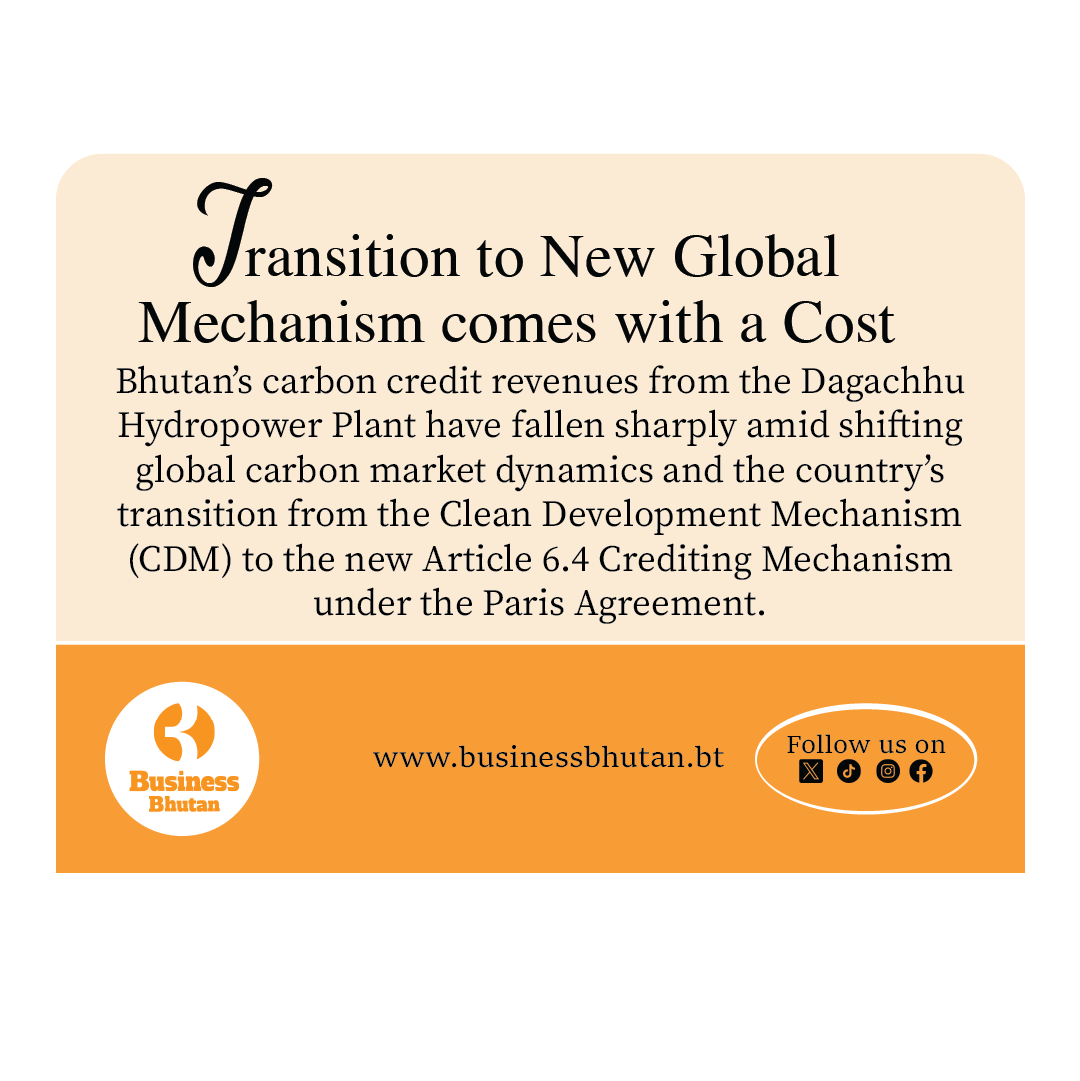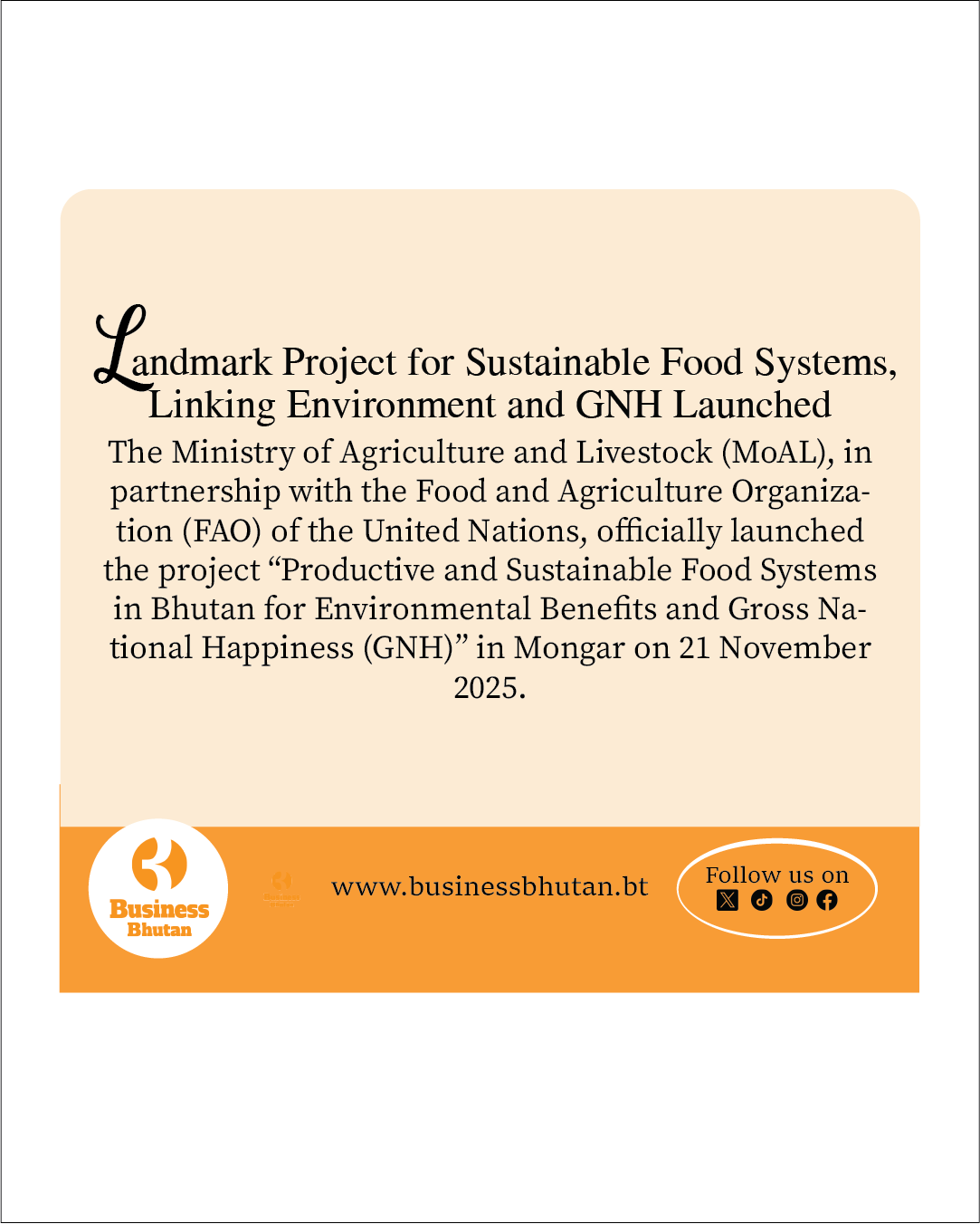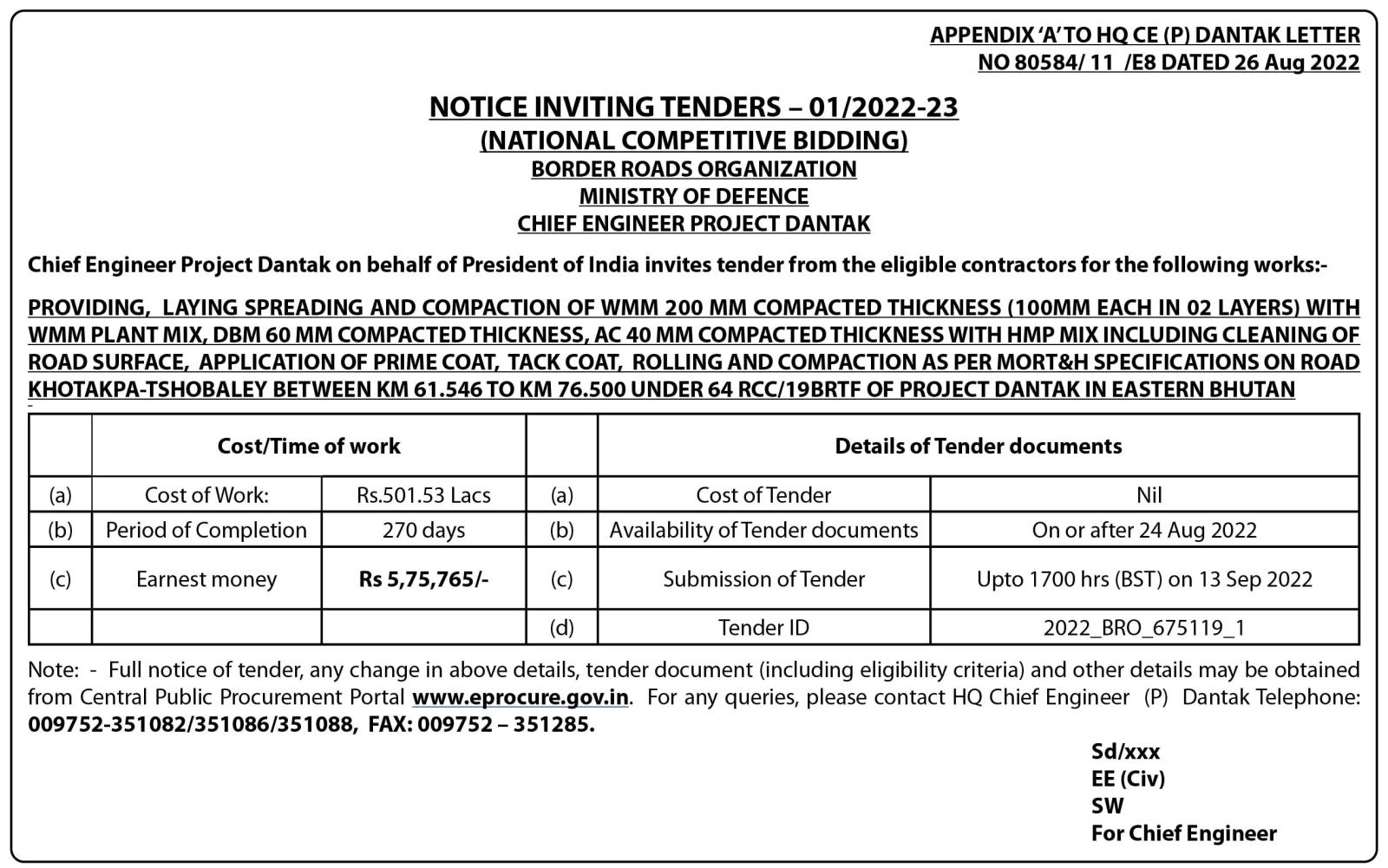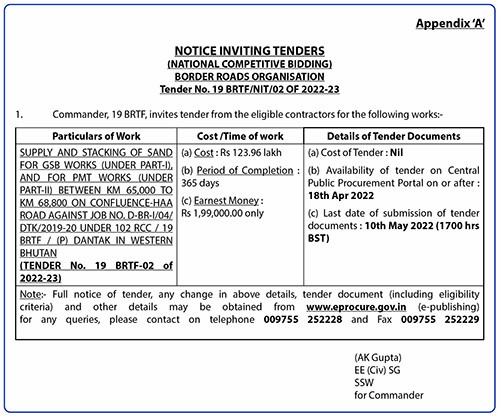Bhutan’s carbon credit revenues from the Dagachhu Hydropower Plant have fallen sharply amid shifting global carbon market dynamics and the country’s transition from the Clean Development Mechanism (CDM) to the new Article 6.4 Crediting Mechanism under the Paris Agreement.
According to the Ministry of Energy and Natural Resources (MoENR), Dagachhu credits are currently trading at around US$3 per unit, significantly lower than previous rates. In 2025, 82,100 credits were sold at this price, generating limited revenue compared to earlier years when the project sold 780,000 credits for about US$7.8 million under the CDM framework.
Dagachhu Hydropower Plant, one of Bhutan’s earliest projects registered under the CDM, generated approximately 3.5 million certified emission reduction (CER) credits in total. These were among the first carbon credits from Bhutan to be traded internationally. However, global credit prices have declined in recent years as the CDM framework winds down and the market adapts to newer mechanisms established under the Paris Agreement.
Officials from the MoENR confirmed that both the Dagachhu Hydropower Plant and the Mangdechhu Hydropower Plant (MHPP) are being transitioned from the CDM to the Article 6.4 Crediting Mechanism, a key provision under the Paris Agreement that aims to enhance transparency and market integrity in international carbon trading. In simple words, it is a movement from an old carbon credit system (called the Clean Development Mechanism, or CDM) to a new system under the Paris Agreement (called the Article 6.4 Crediting Mechanism). This new system is meant to make international carbon trading – where countries or companies buy and sell carbon credits to meet climate goals – more transparent, reliable, and trustworthy. In short, these hydropower projects are switching to a new, improved international carbon credit system that ensures better oversight and fairness.
“This shift reflects Bhutan’s proactive approach to aligning its climate strategies with emerging international frameworks and market mechanisms,” said an official from the Ministry.
The Article 6.4 mechanism is expected to replace the CDM as a more robust and standardized global platform for voluntary and compliance-based carbon transactions. Bhutan’s participation marks an important step in maintaining access to carbon finance as the CDM is phased out.
Revenues generated from carbon trading have been reinvested through the Bhutan Climate Fund to support domestic climate initiatives and sustainable development programs.
“Bhutan recognizes the importance of integrating climate action with economic growth,” said a MoENR official. “The revenues from our carbon projects are reinvested into programs that build resilience and promote sustainable development, ensuring that our climate commitments translate into tangible benefits for our people.”
As part of the government’s policy, five percent of carbon credit proceeds, along with approved administrative fees, will be allocated to climate adaptation projects that support vulnerable communities facing the impacts of climate change.
Bhutan currently has around 23 renewable energy projects—spanning hydropower, solar, and wind—in various stages of development. The expansion aims to diversify the country’s energy mix, reduce overreliance on hydropower, and position Bhutan as a regional leader in clean energy generation.
“These projects are not only designed to produce clean energy but also to generate long-term economic benefits and strengthen Bhutan’s sustainability goals,” an MoENR official noted.
The Mangdechhu and Dagachhu projects, in particular, are expected to set precedents for how future renewable projects in Bhutan could integrate with global carbon markets under Article 6.4.
Despite the promising transition, Bhutan has not yet earned direct revenue from the new Article 6.2 or Article 6.4 mechanisms, as these systems are still in their development and operationalization phases. For now, all carbon-related income continues to come from earlier CDM-linked projects.
While, the recent fall in credit prices underscores the volatility of international carbon markets and the financial uncertainties for small economies like Bhutan that depend on such mechanisms, experts remain optimistic that once the Article 6 mechanisms are fully functional, they could offer more stable demand, better price discovery, and higher value for verified emission reductions, particularly from renewable energy projects in countries with strong climate credentials such as Bhutan.
The government’s approach reflects a strategic effort to integrate climate finance, renewable energy expansion, and sustainable development. By aligning its policies with the Paris Agreement’s market-based mechanisms, Bhutan is positioning itself to attract international partners and investors seeking high-integrity carbon credits.
Even though the Dagachhu Hydropower Plant is currently earning less money from selling carbon credits, this situation is temporary. However, this shift represents something much bigger and more important for Bhutan in the long run. It signals the start of a new chapter in the country’s approach to climate finance — how Bhutan earns money and attracts investment by protecting the environment and reducing carbon emissions.
Sherab Dorji
From Thimphu




![Fresh Beginnings: Pasakha Vendors Gear Up for New Vegetable Market - Duplicate - [#16963] Fresh Beginnings: Pasakha Vendors Gear Up for New Vegetable Market - Duplicate - [#16963]](https://businessbhutan.bt/wp-content/uploads/2025/11/Asset-200.png)











